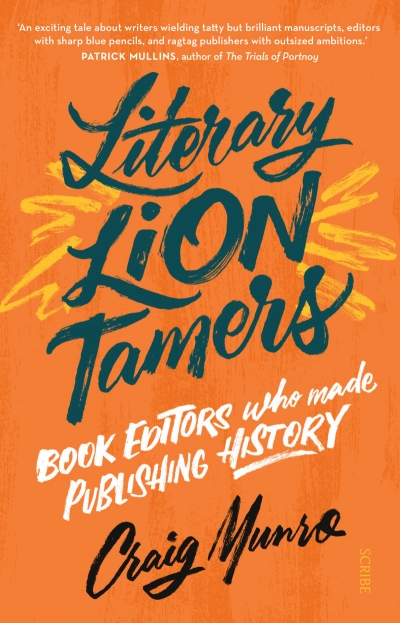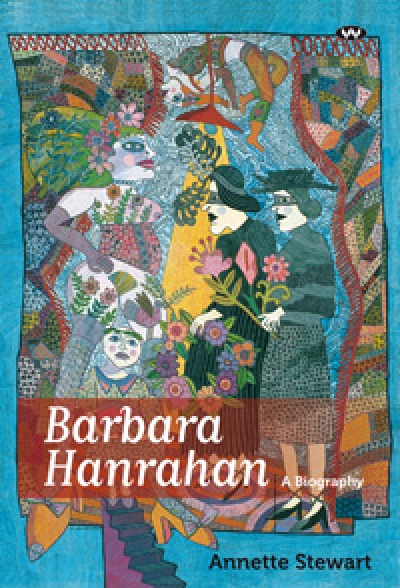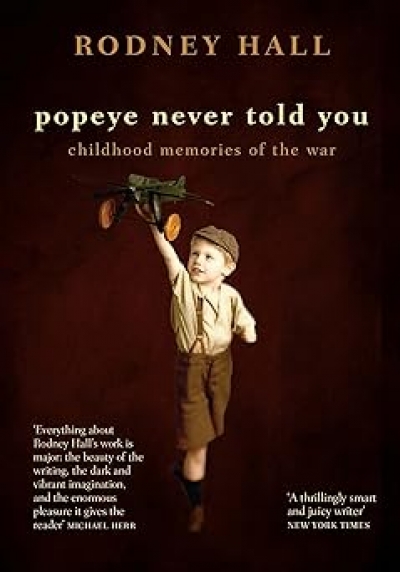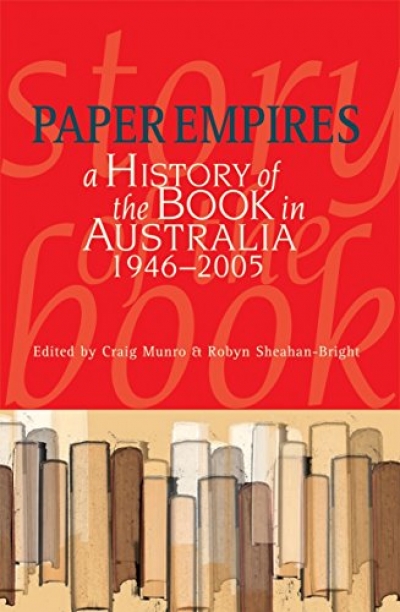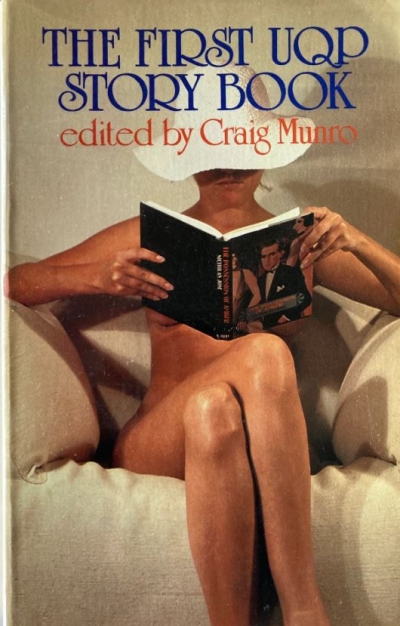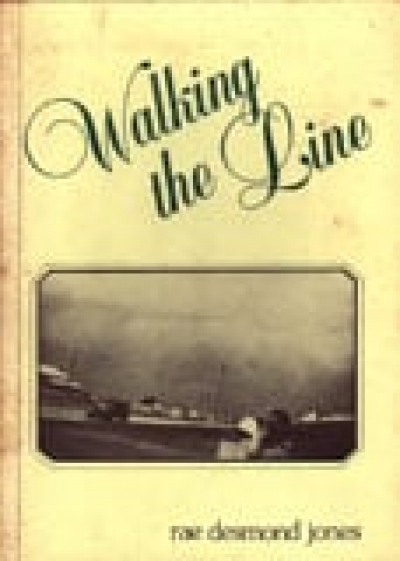Craig Munro
Literary Lion Tamers: Book editors who made publishing history by Craig Munro
by Susan Sheridan •
Patronage and ABR
Private philanthropy has never been more important for the arts, as costs (and expectations) rise, and as traditional sources of funding and revenue become more unpredictable. ABR has had some success in this regard since entering the field two years ago, but June marks a turning point for us, with the formal launch of our philanthropy program in Melbourne, on 2 June. David Malouf, one of Australia’s most celebrated writers, is our guest speaker. There will be more such events around Australia in coming months.
... (read more)Popeye never told you: Childhood memories of the war by Rodney Hall
by Craig Munro •
Paper Empires: A history of the book in Australia, 1946-2005 edited by Craig Munro and Robyn Sheahan-Bright
by Paul Brunton •
Walking the Line by Rae Desmond Jones & Summer Ends Now by John Emery
by Craig Munro •

